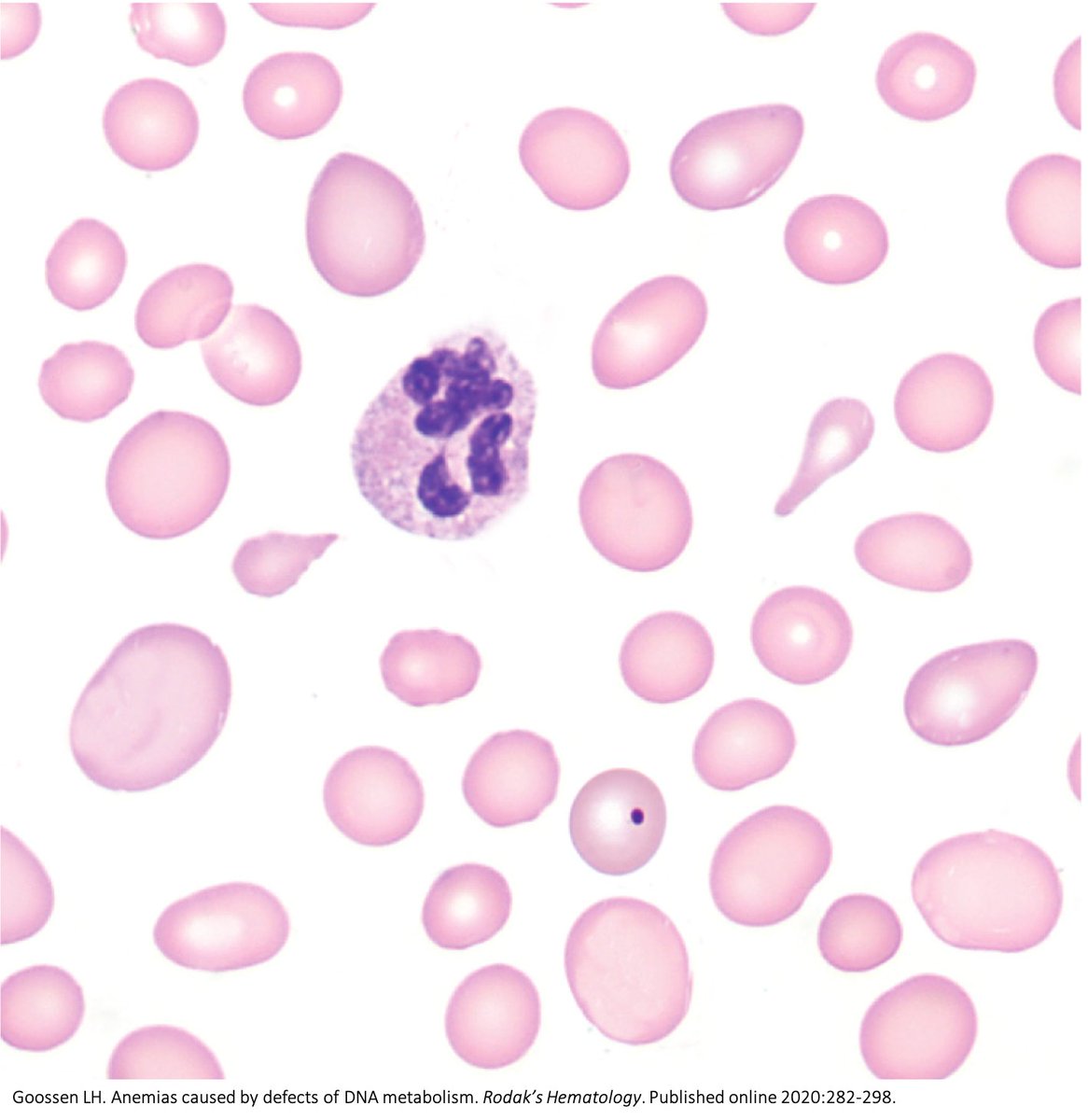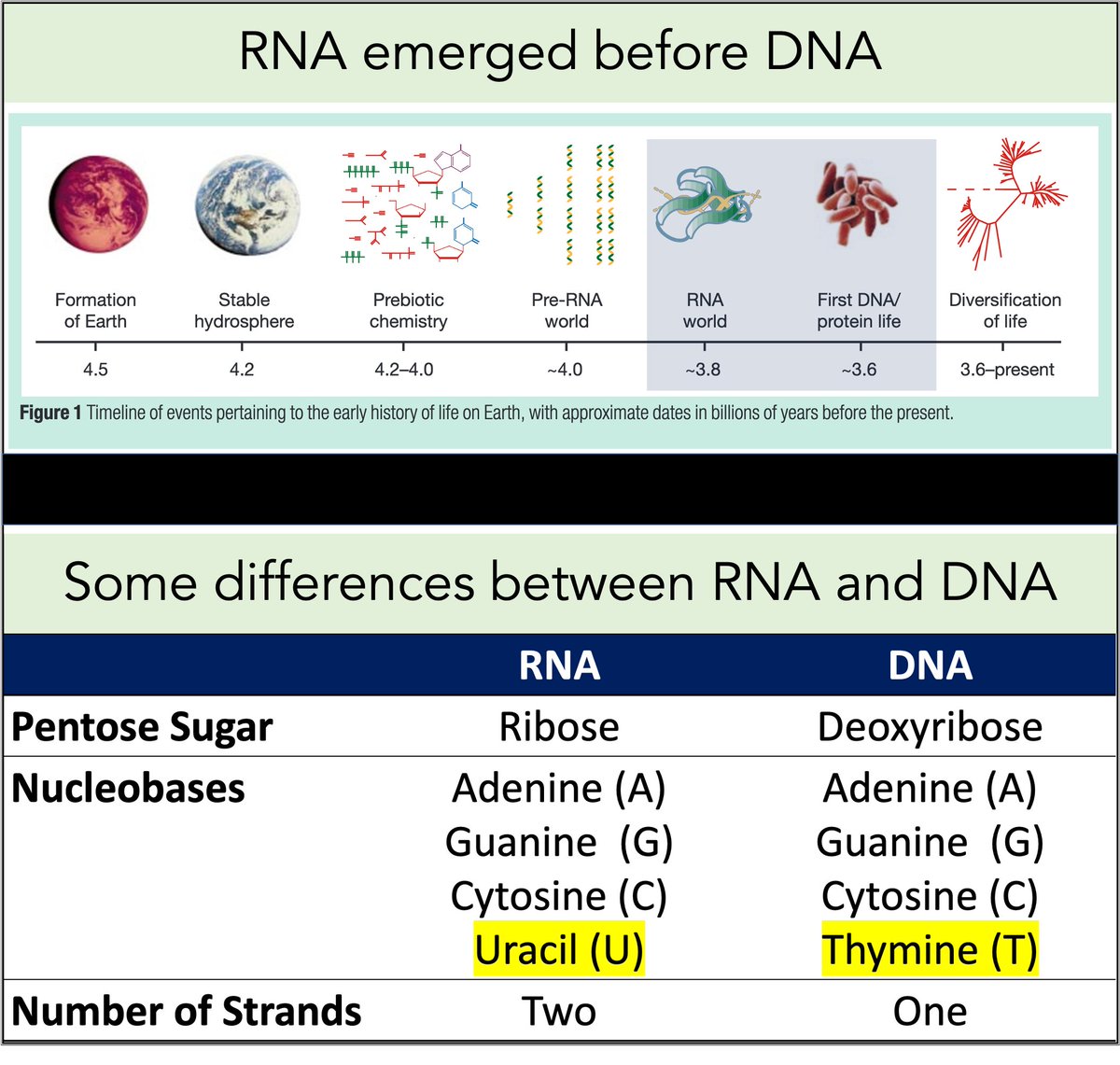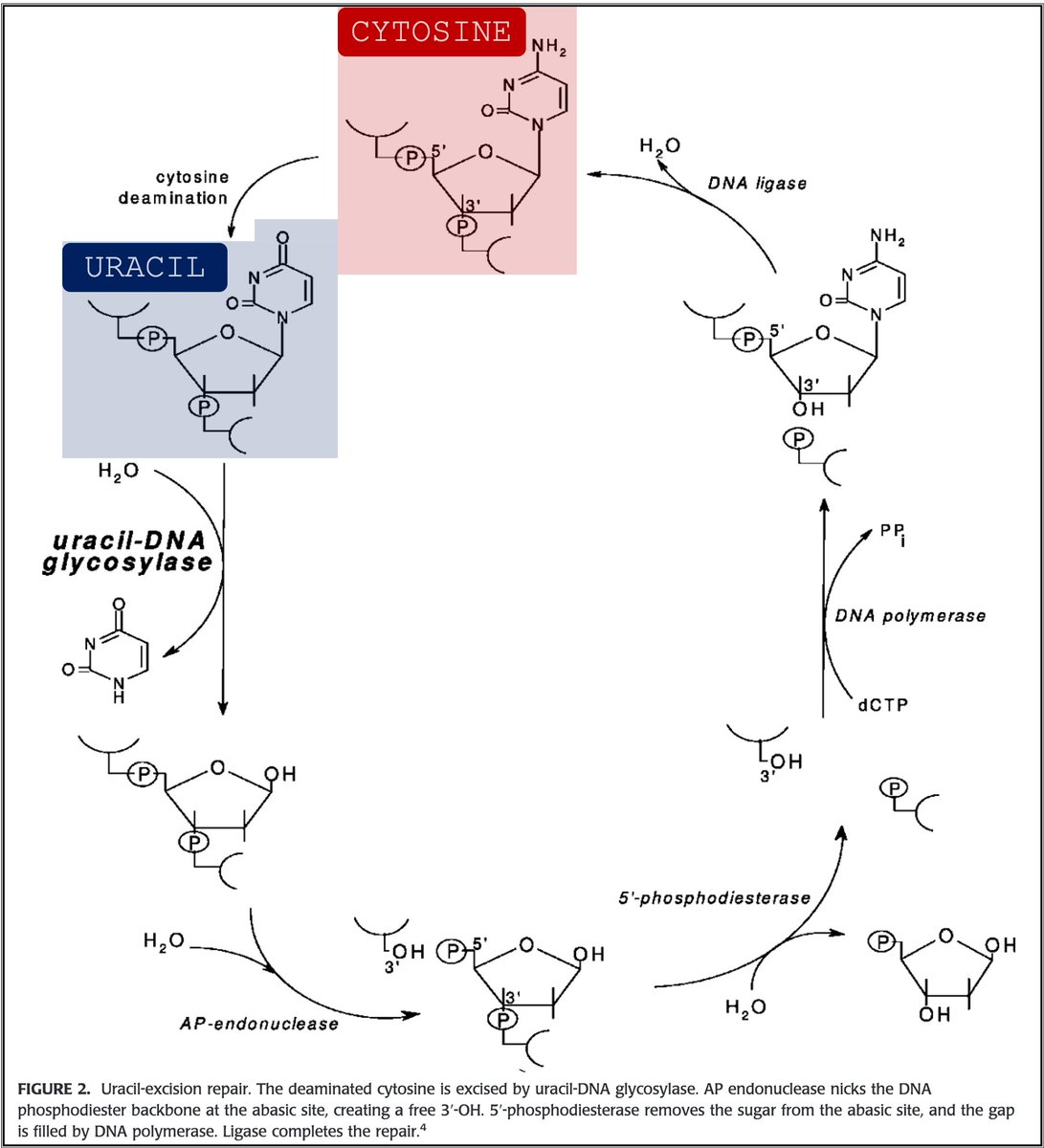
1/9
Great question!
From what I gather, the exact explanation for the low alkaline phosphatase in Wilson's disease remains unexplained.
Great question!
From what I gather, the exact explanation for the low alkaline phosphatase in Wilson's disease remains unexplained.
https://twitter.com/smittay07/status/1376334513001922567
2/
The first description of the association between low AP and Wilson's came in a 1986 paper by Shaver, Bhatt, and Combes.
pubmed.ncbi.nlm.nih.gov/3758940/
The first description of the association between low AP and Wilson's came in a 1986 paper by Shaver, Bhatt, and Combes.
pubmed.ncbi.nlm.nih.gov/3758940/

3/
They describe patients with acute hemolytic anemia in the setting of Wilson's disease who are noted to have low AP.
They wonder whether the acute increase in serum copper may compete with zinc for incorporation into AP.
pubmed.ncbi.nlm.nih.gov/3758940/
They describe patients with acute hemolytic anemia in the setting of Wilson's disease who are noted to have low AP.
They wonder whether the acute increase in serum copper may compete with zinc for incorporation into AP.
pubmed.ncbi.nlm.nih.gov/3758940/

4/
They note multiple problems with this hypothesis. First, when concentrations of copper higher than are likely to be achieved in vivo were added in vitro, there were minimal effects on AP.
pubmed.ncbi.nlm.nih.gov/3758940/
They note multiple problems with this hypothesis. First, when concentrations of copper higher than are likely to be achieved in vivo were added in vitro, there were minimal effects on AP.
pubmed.ncbi.nlm.nih.gov/3758940/

5/
Another problem: patients with acute copper intoxication don't have a similar depression in AP.
A case from 1966 provides one example.
pubmed.ncbi.nlm.nih.gov/5947547/
Another problem: patients with acute copper intoxication don't have a similar depression in AP.
A case from 1966 provides one example.
pubmed.ncbi.nlm.nih.gov/5947547/

6/
Others have tested the hypothesis that copper is an "inhibitor" of AP and have similarly failed to show a direct connection.
pubmed.ncbi.nlm.nih.gov/3570171/
Others have tested the hypothesis that copper is an "inhibitor" of AP and have similarly failed to show a direct connection.
pubmed.ncbi.nlm.nih.gov/3570171/
7/
What else might cause the association between Wilson's, acute hemolysis, and low AP?
A study published in 1995 asked, "Is the breakdown of alkaline phosphatase molecules caused by reactive oxygen species?"
pubmed.ncbi.nlm.nih.gov/7554299/
What else might cause the association between Wilson's, acute hemolysis, and low AP?
A study published in 1995 asked, "Is the breakdown of alkaline phosphatase molecules caused by reactive oxygen species?"
pubmed.ncbi.nlm.nih.gov/7554299/
8/
After again showing that copper alone doesn't cause low AP levels, they found that the addition of copper + ascorbate did decrease AP.
They wonder whether copper-catalyzed ascorbate oxidation may be the instigator.
pubmed.ncbi.nlm.nih.gov/7554299/
After again showing that copper alone doesn't cause low AP levels, they found that the addition of copper + ascorbate did decrease AP.
They wonder whether copper-catalyzed ascorbate oxidation may be the instigator.
pubmed.ncbi.nlm.nih.gov/7554299/

9/9
I don't find any of these studies to be definitive. It does seem that both Wilson's and acute hemolysis are required for the severely suppressed AP.
Beyond that, the exact mechanism remains to be identified...
I don't find any of these studies to be definitive. It does seem that both Wilson's and acute hemolysis are required for the severely suppressed AP.
Beyond that, the exact mechanism remains to be identified...
• • •
Missing some Tweet in this thread? You can try to
force a refresh
















